

Articles
Exterior Colors And Home Style
Modified: October 29, 2024
Discover articles on exterior colors and home style to inspire your next home renovation project. Whether you're looking for modern or traditional designs, our collection has it all.
(Many of the links in this article redirect to a specific reviewed product. Your purchase of these products through affiliate links helps to generate commission for Storables.com, at no extra cost. Learn more)
Introduction
Choosing the right exterior colors for your home is an important decision. The color scheme you select can greatly impact the overall style and curb appeal of your house. The right combination of colors can enhance the architectural features, while the wrong choice can leave your home looking mismatched and unattractive.
When it comes to selecting exterior colors, it’s essential to consider the style of your home. Different architectural styles have distinct characteristics that can be accentuated or complemented by specific color palettes.
In this article, we will explore the relationship between exterior colors and home styles. We will examine traditional, contemporary, craftsman, Mediterranean, colonial, and ranch home styles, along with their ideal exterior color schemes. Whether you’re looking to refresh your home’s appearance or you’re building a new house, this article will provide you with valuable insights on how to choose the perfect colors that will transform your home.
So let’s dive in and discover the best exterior color palettes for each home style!
Key Takeaways:
- Embrace the historical context and architectural elements of your home style when choosing exterior colors. Traditional homes benefit from muted, classic colors, while contemporary homes call for clean lines and minimalist designs with pops of bold hues.
- Consider the surrounding environment, materials used in construction, and regional climate when selecting exterior colors. From warm earth tones for Craftsman homes to vibrant hues for Mediterranean styles, the right color palette can transform your home’s appearance.
Understanding the Relationship Between Exterior Colors and Home Style
Exterior colors play a crucial role in showcasing the architectural style of your home. By selecting the right color palette, you can highlight the unique features and characteristics of your house, creating a cohesive and aesthetically pleasing look.
Each home style has its own distinct design elements and historical context, which can guide your color choices. Understanding the relationship between exterior colors and home style will help you make informed decisions and create a harmonious appearance.
When considering exterior colors, it’s important to take into account the materials used in the construction of your home. For example, a Victorian-style home with ornate trim and elaborate detailing may benefit from a bold and vibrant color scheme to accentuate its intricate features. On the other hand, a minimalist contemporary home may look stunning in a monochromatic palette that emphasizes clean lines and simplicity.
Additionally, you should consider the surrounding environment and climate. The exterior colors should complement the natural surroundings and blend harmoniously with the landscape. For instance, earthy tones and natural hues may be suitable for homes nestled in wooded areas, while brighter and bolder colors may be more fitting for beachfront properties.
Furthermore, cultural influences can also shape the selection of exterior colors. Different regions and countries have their own traditional color palettes that reflect the local culture and history. Incorporating these colors into your home’s exterior can create a sense of authenticity and pay homage to the architectural heritage of the area.
By understanding the relationship between exterior colors and home style, you can make intentional choices that enhance the beauty and character of your house. Now let’s explore the ideal exterior color palettes for different home styles.
Traditional Home Styles and their Ideal Exterior Colors
Traditional home styles are known for their timeless appeal and classic architectural features. From Colonial to Victorian and Georgian, these homes exude elegance and charm. When it comes to choosing exterior colors for traditional homes, it’s important to consider the historical context and architectural elements.
Colonial homes, characterized by symmetrical facades and intricate detailing, often look stunning in muted shades of white, cream, or beige. These colors emphasize the traditional elegance of the home and showcase the symmetry and balance of its design. Rich jewel tones such as navy, forest green, or burgundy can be used as accent colors for doors and shutters, adding a touch of sophistication.
Victorian homes, with their elaborate ornamentation and vibrant personality, can handle a broader range of colors. Popular choices include vibrant pastels such as lavender, mint green, and baby blue. These colors reflect the romantic and whimsical nature of the Victorian era. Additionally, incorporating bold contrasting colors for the trim and architectural details can further highlight the intricate features of the home.
Georgian homes, known for their symmetry and elegance, often feature a more subdued color palette. Soft neutrals like light gray, taupe, or cream can enhance the grandeur and sophistication of these homes. Accents in darker shades such as navy or black can be used to highlight doorways, windows, and architectural features, creating a stunning visual contrast.
In terms of materials, traditional homes often feature brick, stone, or wood siding. It’s essential to choose colors that complement these materials. For example, warm red or brown tones work well with brick exteriors, while earthy greens and grays can harmonize with natural stone facades.
Ultimately, the ideal exterior color palette for traditional homes is one that respects the historical context, enhances the architectural features, and creates a cohesive and elegant look. By selecting colors that complement the style and materials of your home, you can achieve a timeless and visually appealing exterior.
Contemporary Home Styles and their Ideal Exterior Colors
Contemporary home styles are known for their clean lines, minimalist designs, and modern aesthetics. When it comes to choosing exterior colors for contemporary homes, the focus is often on creating a sleek and understated look that complements the architectural simplicity.
Neutral colors are a popular choice for contemporary homes, as they create a sense of harmony and balance. Shades of white, gray, and beige work well to achieve a clean and minimalist appearance. These colors can be used on the main exterior surfaces, such as the walls and roof, to showcase the home’s sleek design.
Accent colors can be added to create visual interest and highlight specific architectural features. Bold and vibrant hues such as red, yellow, or blue can be used sparingly on doors, window frames, or other focal points to add a pop of color and create a striking contrast against the neutral background.
In addition to color, the texture and materials used in contemporary homes also play a significant role in the overall aesthetic. Concrete, metal, and glass are common materials in contemporary architecture. These materials can be left in their natural state or painted in neutral shades to maintain the modern look.
When considering the surrounding environment, it’s important to choose exterior colors that blend harmoniously with the surroundings. If your home is located in a natural landscape, opting for earthy tones such as greens, browns, or grays can help the house blend seamlessly with the surroundings. On the other hand, if your home is in an urban setting, monochromatic color schemes with shades of gray or white can create a sophisticated and modern appearance.
Ultimately, the ideal exterior color palette for contemporary homes is one that reflects simplicity, elegance, and modernity. By opting for neutral tones with well-placed accent colors, you can create a visually appealing and cohesive look that highlights the clean lines and architectural features of your home.
Craftsman Home Styles and their Ideal Exterior Colors
Craftsman homes are known for their warm and inviting character, showcasing the beauty of handcrafted details and natural materials. When choosing exterior colors for Craftsman-style homes, it’s important to embrace the earthy tones and organic aesthetics that define this architectural style.
Understanding the historical context can guide your color choices for Craftsman homes. These houses originated in the early 20th century as a reaction against the ornate Victorian style. Craftsman homes aim to bring nature indoors, with an emphasis on simplicity and craftsmanship.
Earth tones, such as warm browns and golden yellows, are ideal for Craftsman homes. These colors reflect the natural elements and harmonize with the surroundings. Rich and deep shades of green can also be incorporated to mimic the lushness of the outdoors.
Wood is a prominent feature in Craftsman homes, whether it’s in the form of sturdy beams, decorative accents, or siding. Opting for natural wood stains or warm earthy tones can complement the wood elements and create a cohesive look. For example, dark brown or caramel hues can be used for the shingles or siding, while lighter shades can be used for trim and accents.
Accents in muted or contrasting colors can add visual interest to the exterior. Deep reds, dark blues, or burnt oranges can be used for doors, window frames, or other architectural details to create an inviting focal point.
Incorporating natural stone or brick elements into the exterior design can further enhance the Craftsman style. These materials can be left in their natural state or painted in earthy colors to complement the overall color scheme of the house.
When considering the landscaping, it’s important to select plants and foliage that complement the exterior colors of your Craftsman home. Lush greenery and colorful flowers can enhance the natural appeal and create a harmonious connection between the house and its surroundings.
In summary, the ideal exterior color palette for Craftsman homes embraces earthy tones, natural elements, and a connection to the surrounding environment. By incorporating warm browns, golden yellows, and deep greens, you can achieve a visually pleasing and inviting look that celebrates the craftsmanship and organic beauty of the Craftsman style.
When choosing exterior colors for your home, consider the architectural style. For traditional homes, classic colors like white, gray, or navy work well, while modern homes can handle bolder, more vibrant hues.
Read more: Exterior Color Cues
Mediterranean Home Styles and their Ideal Exterior Colors
Mediterranean home styles are inspired by the architecture and color palettes found in countries bordering the Mediterranean Sea, such as Italy, Greece, and Spain. These homes are characterized by their warm and vibrant colors, creating a welcoming and cheerful atmosphere.
When choosing exterior colors for Mediterranean-style homes, it’s essential to draw inspiration from the vibrant hues found in the Mediterranean region. These colors reflect the sunny climate, the blue waters, and the lush landscapes.
Warm earth tones are commonly used as a base for Mediterranean homes. Colors like terracotta, sandy beige, and warm ochre can be used on the walls to simulate the natural colors of the Mediterranean landscape. These warm colors create a sense of depth and richness, adding to the overall charm of the home.
Accents in vibrant colors are also an integral part of Mediterranean home design. Shades of Mediterranean blue, ranging from light aqua to deep azure, can be used for shutters, doors, and decorative tiles. These colors evoke the calmness of the sea and add a refreshing touch to the exterior.
Another color commonly seen in Mediterranean homes is vibrant orange. This color mimics the warmth of the Mediterranean sun and can be used for trim, accents, or even the roof tiles. It adds a lively and energetic feel to the overall color scheme.
White is also widely used in Mediterranean design as it provides a sharp contrast against the warm earth tones. White can be used for architectural details, such as columns, arches, and window frames, to highlight the elegance and intricacy of the design.
When it comes to landscaping, Mediterranean homes often feature vibrant plants, colorful flowers, and aromatic herbs. Olive trees, citrus trees, lavender, and bougainvillea are commonly found in Mediterranean gardens, complementing the vibrant color palette of the exterior.
In summary, the ideal exterior color palette for Mediterranean homes should incorporate warm earth tones, vibrant blues and oranges, and contrasting whites. By embracing these colors, you can create a charming and inviting atmosphere that reflects the beauty and warmth of the Mediterranean region.
Colonial Home Styles and their Ideal Exterior Colors
Colonial home styles are steeped in history and evoke a sense of traditional elegance and charm. Inspired by the architectural designs that originated during the Colonial period, these homes often feature symmetrical facades, classic details, and a timeless appeal. When choosing exterior colors for Colonial-style homes, it’s important to consider the historical context and architectural elements.
One popular color scheme for Colonial homes is a classic white exterior. This timeless choice showcases the symmetry and balance of the home’s design while emphasizing the traditional elegance. A white exterior can be adorned with black shutters, doors, and accents for a striking contrast and an added touch of sophistication.
Alternatively, softer and muted hues can also be used for a more understated look. Shades of gray, beige, or pale yellow can add warmth and complement the traditional elements of Colonial architecture. These colors create a welcoming and inviting atmosphere, while still maintaining a sense of elegance.
For those looking for a bolder statement, rich and vibrant colors can be incorporated to add personality to the exterior. Deep reds, navy blues, or forest greens can be used for doors, shutters, or even the main exterior walls, providing a striking contrast against a lighter color scheme.
When it comes to accents and detailing, a contrasting trim color can make a significant impact. The use of a darker shade, such as black or deep brown, for window frames, moldings, and other architectural features can enhance the overall look of the home and highlight its structural elements.
In terms of roofing, Colonial homes often feature classic materials such as wood shingles or slate. These materials can be left in their natural state or stained to complement the chosen exterior color palette. A dark gray or charcoal color can add a touch of sophistication to the roof.
Finally, landscaping plays an important role in completing the overall look of a Colonial-style home. Lush green lawns, well-manicured shrubs, and traditional flower beds can enhance the curb appeal and add to the timeless charm of the property.
In summary, the ideal exterior color palette for Colonial homes includes a range of options, from classic white and muted neutrals to bold and vibrant shades. By considering the historical context, architectural details, and personal preferences, you can create an exterior that exudes timeless elegance and reflects the beauty of Colonial-style architecture.
Ranch Home Styles and their Ideal Exterior Colors
Ranch-style homes are characterized by their single-story design, open floor plans, and a relaxed, casual feel. When choosing exterior colors for Ranch-style homes, it’s important to consider the architectural simplicity and the desire to create a harmonious blend with the surrounding landscape.
Neutral colors are often a popular choice for Ranch-style homes as they provide a clean and modern look. Earthy tones such as beige, tan, or light gray can create a warm and inviting exterior that complements the natural surroundings. These colors also work well with the typical materials used in Ranch-style construction such as wood, stone, or stucco.
While neutral colors are a common choice, it’s important to consider incorporating pops of color to add visual interest and personality. Accent colors can be used for the front door, shutters, or trim. Shades of blue, green, or even a bold red can make a statement and create a focal point for the exterior.
When it comes to roofing, Ranch-style homes often feature low-pitched roofs. The color of the roof should complement the overall color scheme. Neutral tones such as brown or gray can work well to create a cohesive look, while a dark charcoal color can add contrast and make a modern statement.
Another consideration is the landscaping surrounding Ranch-style homes. Incorporating plants, shrubs, and flowers that thrive in your climate can enhance the overall exterior appearance. Greenery, colorful blooms, and well-maintained lawns can add a vibrant touch and blend seamlessly with the architectural style of the home.
Take into account the regional climate and geographical location when selecting exterior colors for a Ranch-style home. Lighter colors are often preferred in warmer regions to help reflect heat and keep the home cooler. In colder regions, warmer colors can create a cozy and inviting atmosphere.
In summary, the ideal exterior color palette for Ranch-style homes encompasses a range of options, from neutral earth tones to accent colors that add a touch of personality. By considering the simplicity of the architectural design, embracing neutral colors, and incorporating pops of color, you can create a welcoming and harmonious appearance for your Ranch-style home.
ConclusionChoosing the right exterior colors for your home is an important decision that can significantly impact its overall style and curb appeal. By understanding the relationship between exterior colors and home styles, you can make informed choices that enhance the architectural features and create a cohesive and visually appealing look.
Traditional home styles, such as Colonial, Victorian, and Georgian, often benefit from muted, classic colors that emphasize the elegance and symmetry of the design. Neutral tones, like whites, creams, and beiges, create a timeless and sophisticated look.
In contrast, contemporary home styles call for clean lines and minimalist designs, often featuring neutral color palettes with accents of bold and vibrant hues. Colors such as whites, grays, and beiges create a sleek and modern appearance while allowing for creative pops of color.
Craftsman homes celebrate craftsmanship and natural materials, embracing warm earth tones such as browns, yellows, and greens. These colors reflect the organic beauty of the surrounding landscape and create an inviting and welcoming atmosphere.
Mediterranean homes draw inspiration from the vibrant hues found in countries bordering the Mediterranean Sea. Warm earth tones, vibrant blues, and contrasting whites create a cheerful and welcoming appearance that reflects the sunny climate and natural beauty of the region.
Colonial homes evoke traditional elegance, often featuring a classic white exterior with black accents. Muted and softer hues can also be used to create a warm and inviting atmosphere that complements the architectural details.
Ranch-style homes embrace simplicity and harmony with the natural surroundings. Neutral colors like beige, tan, and light gray create a modern and relaxed look, while pops of color can be incorporated to add personality.
When selecting exterior colors, it’s important to consider the materials used in the construction, the surrounding environment, and the historical context. Pay attention to the details, such as trim, roofing, accents, and landscaping, to create a cohesive and visually appealing exterior.
In conclusion, choosing the ideal exterior colors for your home involves understanding the unique characteristics of your home style and making intentional choices that enhance its architectural features. By selecting the right color palette, you can transform your home and create a stunning and inviting exterior that reflects your personal taste and style.
Frequently Asked Questions about Exterior Colors And Home Style
Was this page helpful?
At Storables.com, we guarantee accurate and reliable information. Our content, validated by Expert Board Contributors, is crafted following stringent Editorial Policies. We're committed to providing you with well-researched, expert-backed insights for all your informational needs.
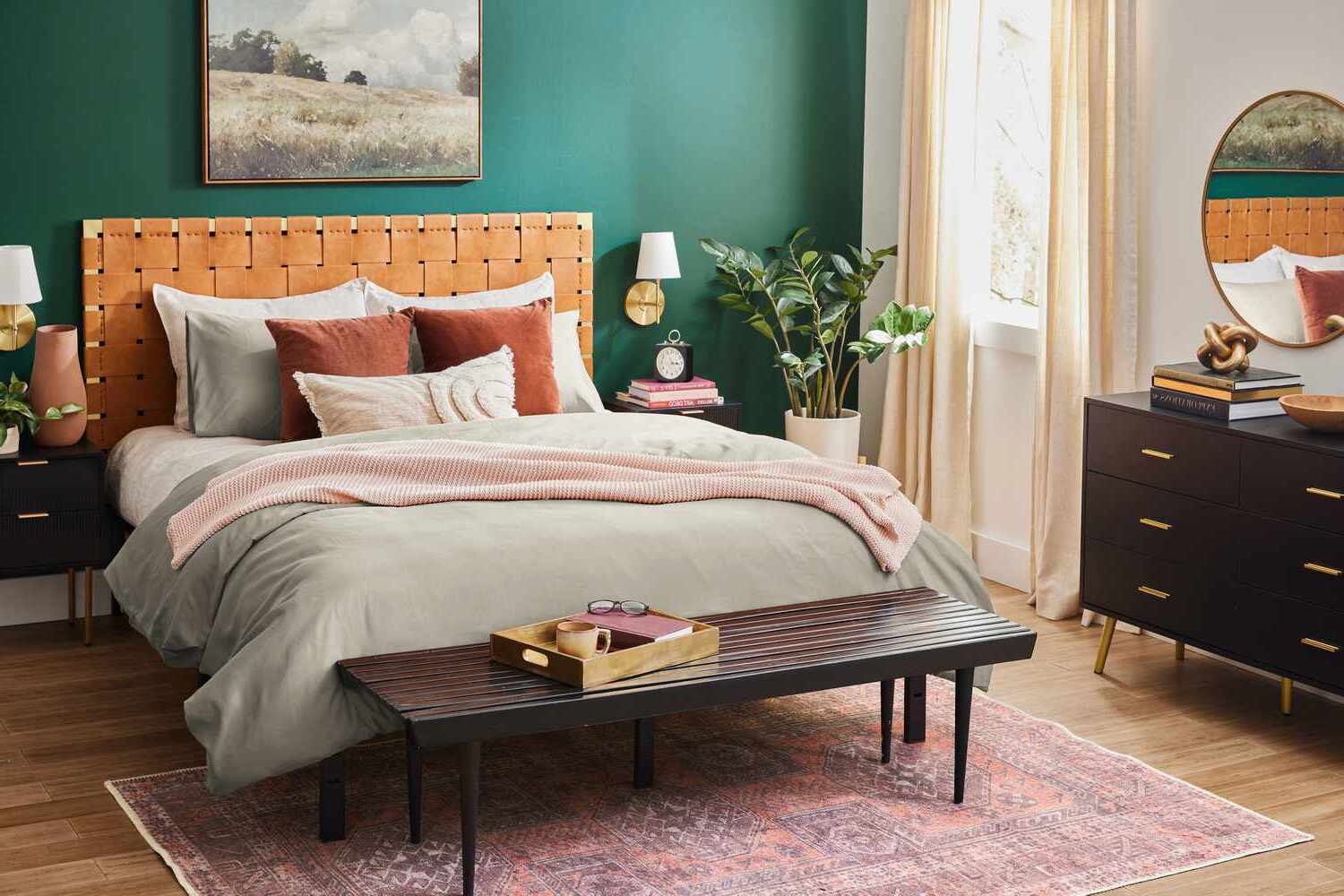
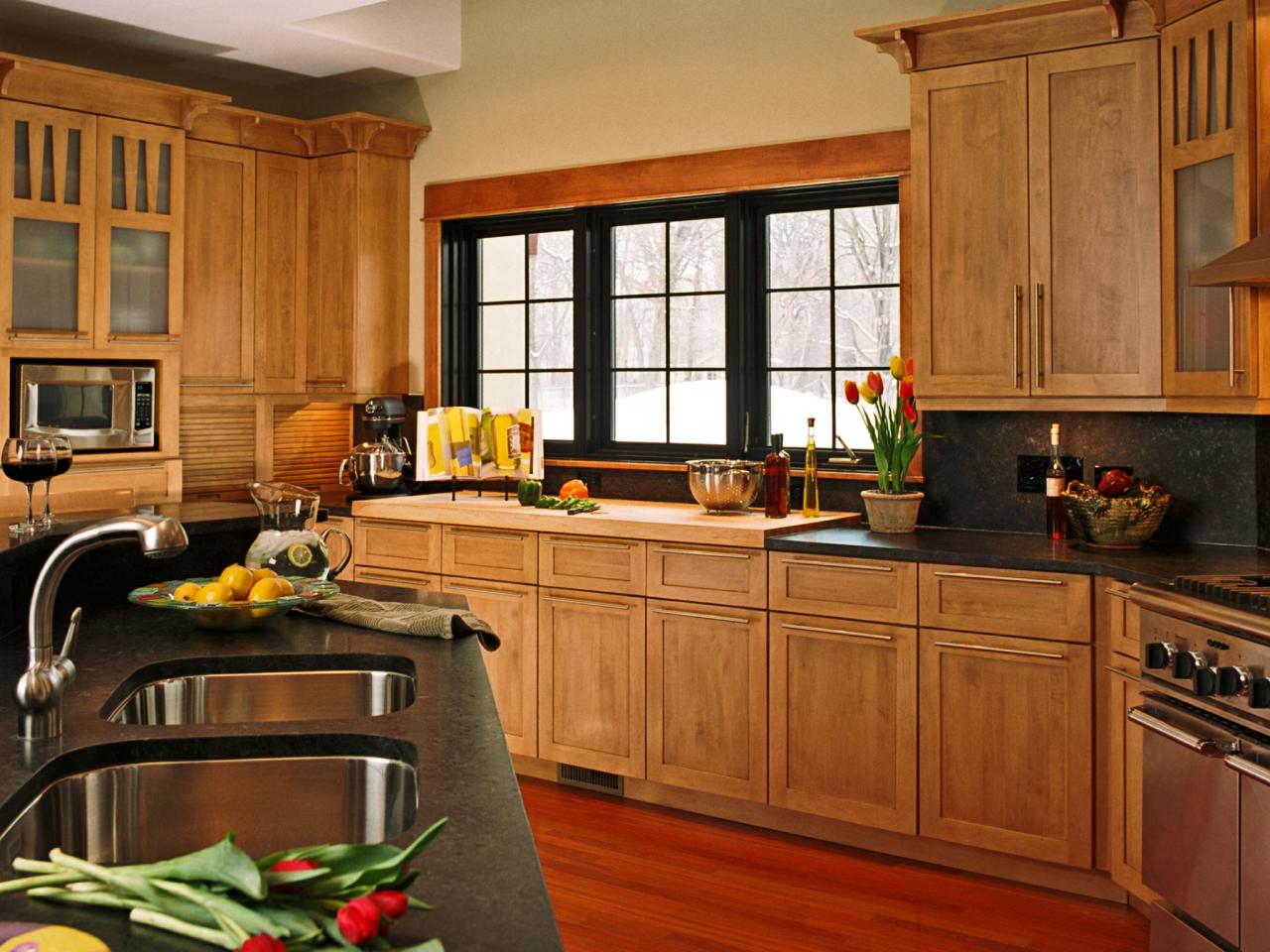
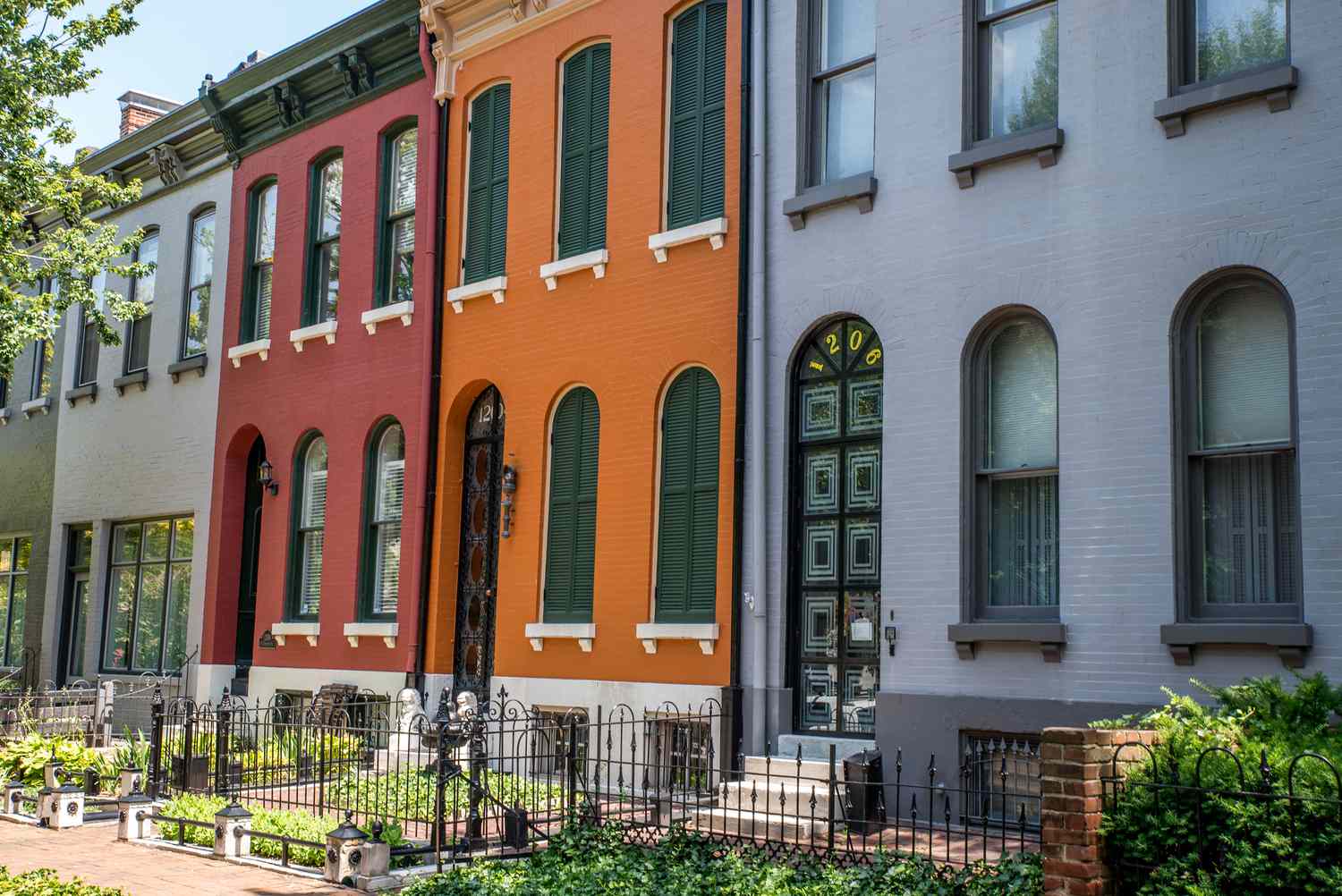
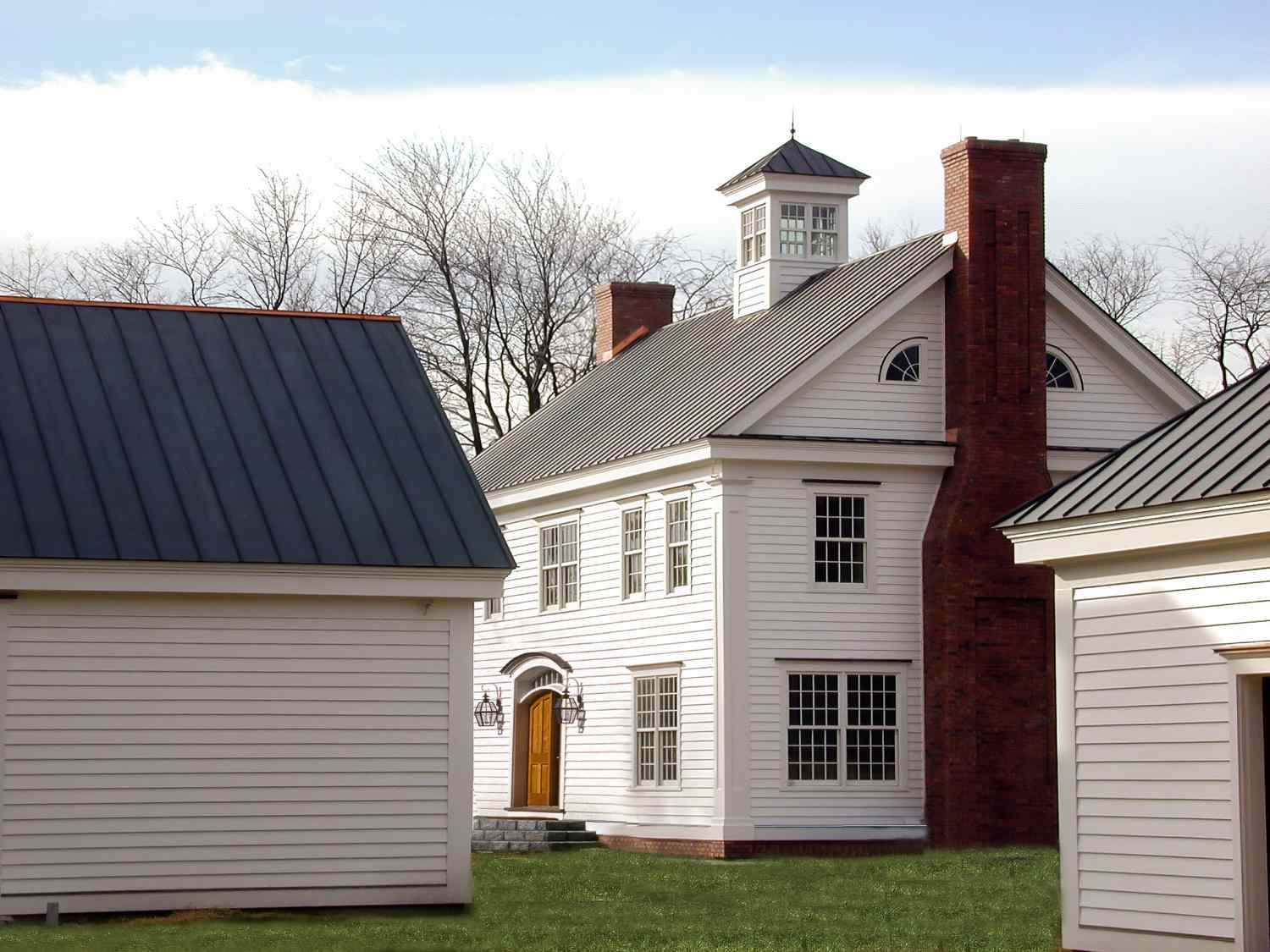
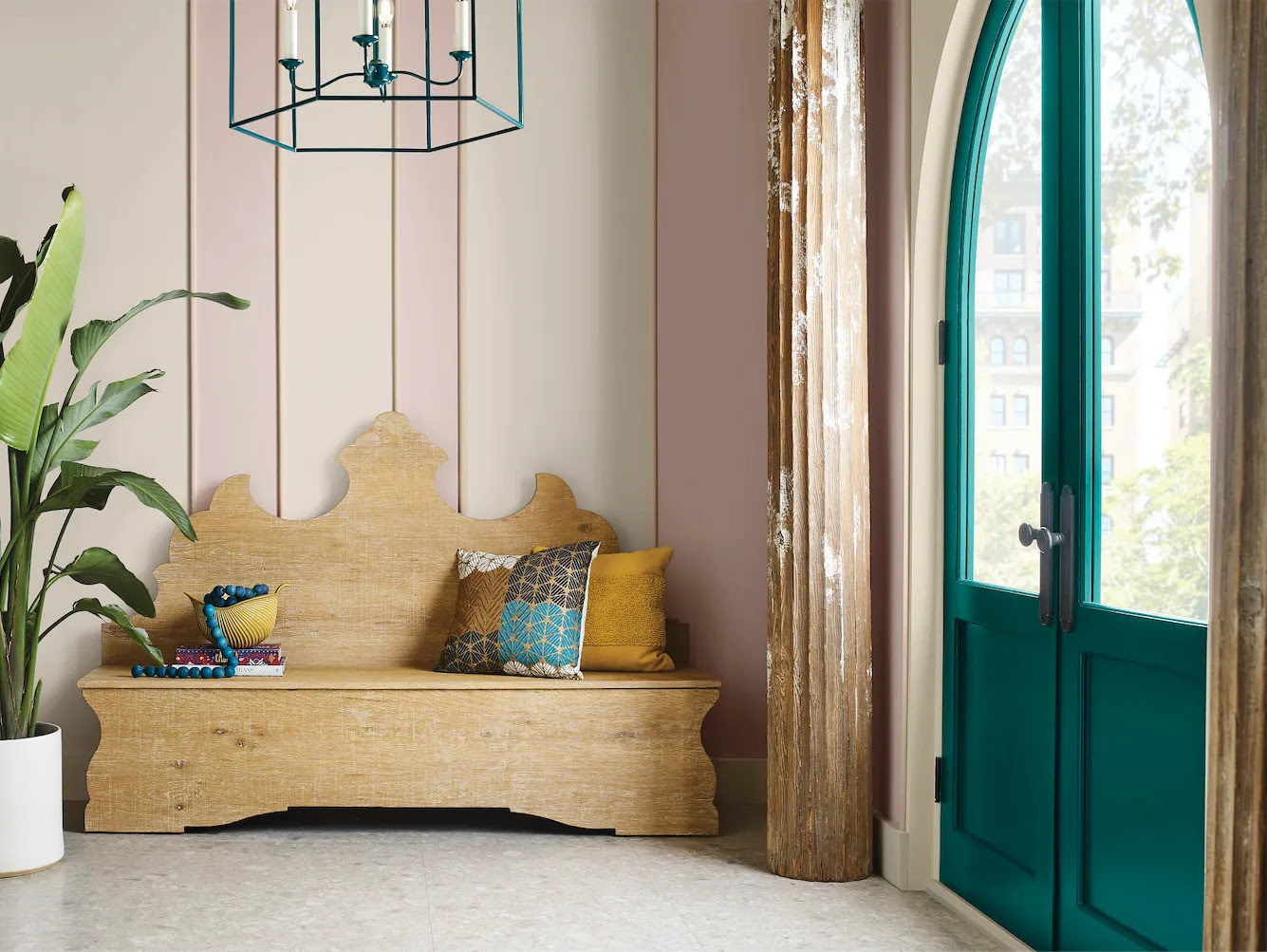
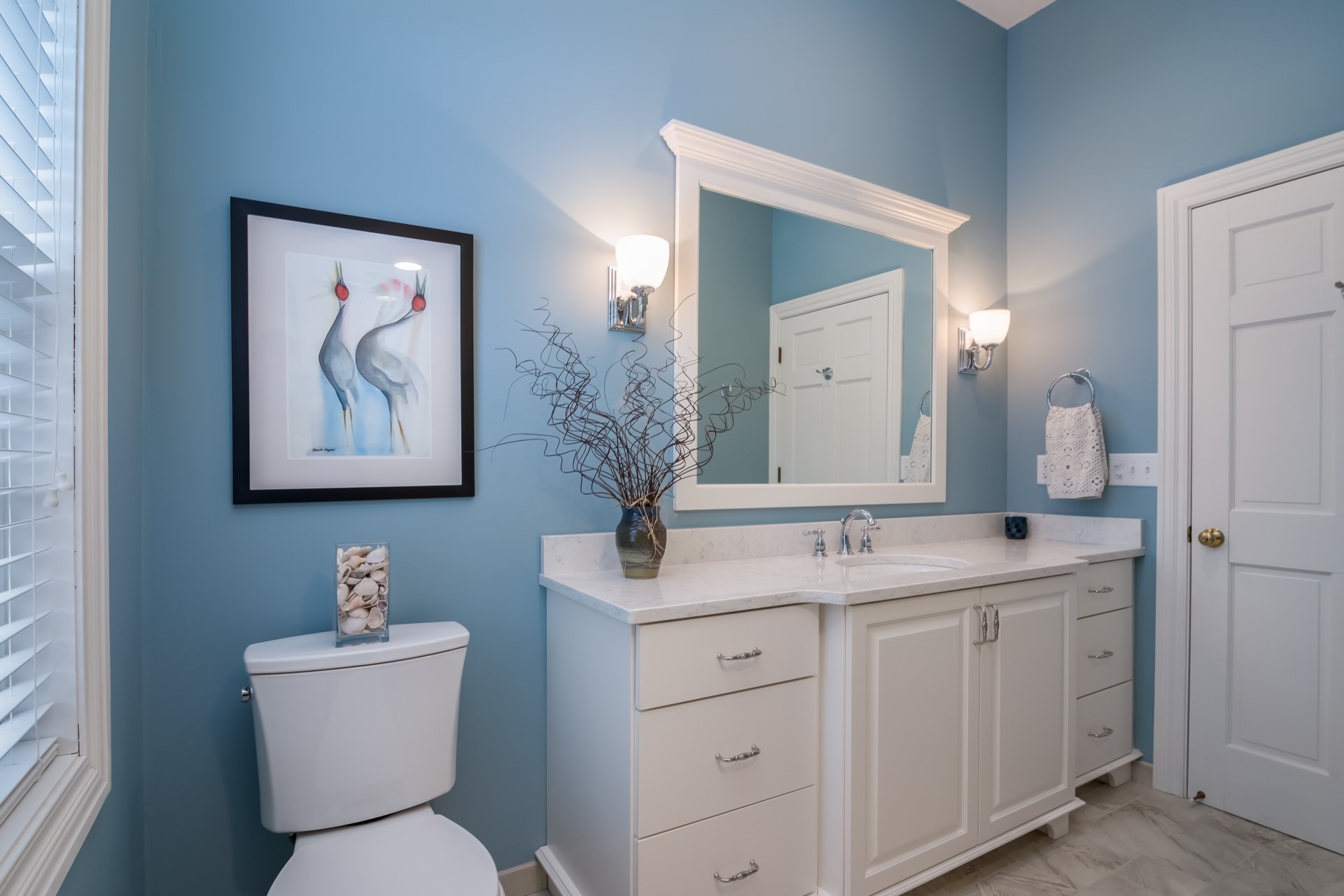
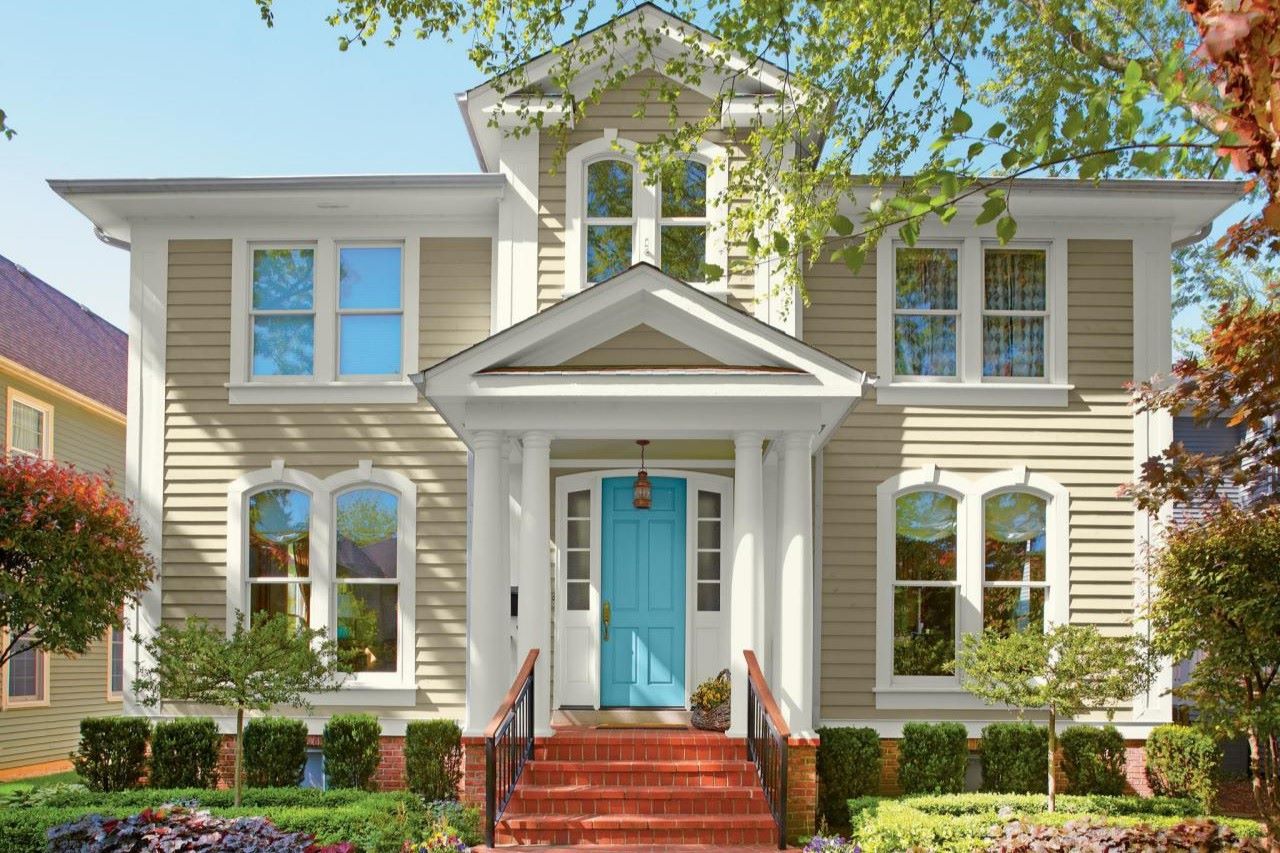
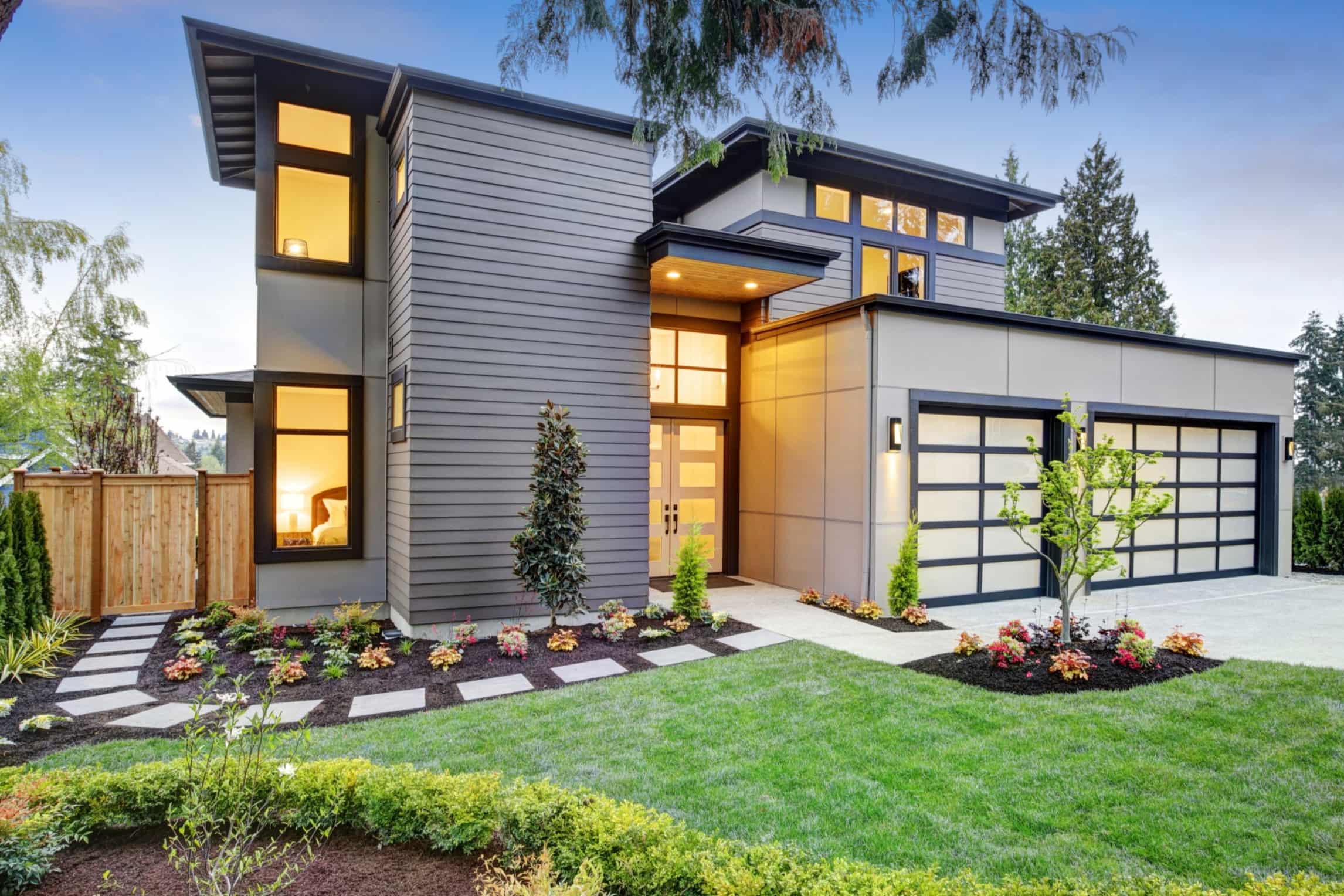
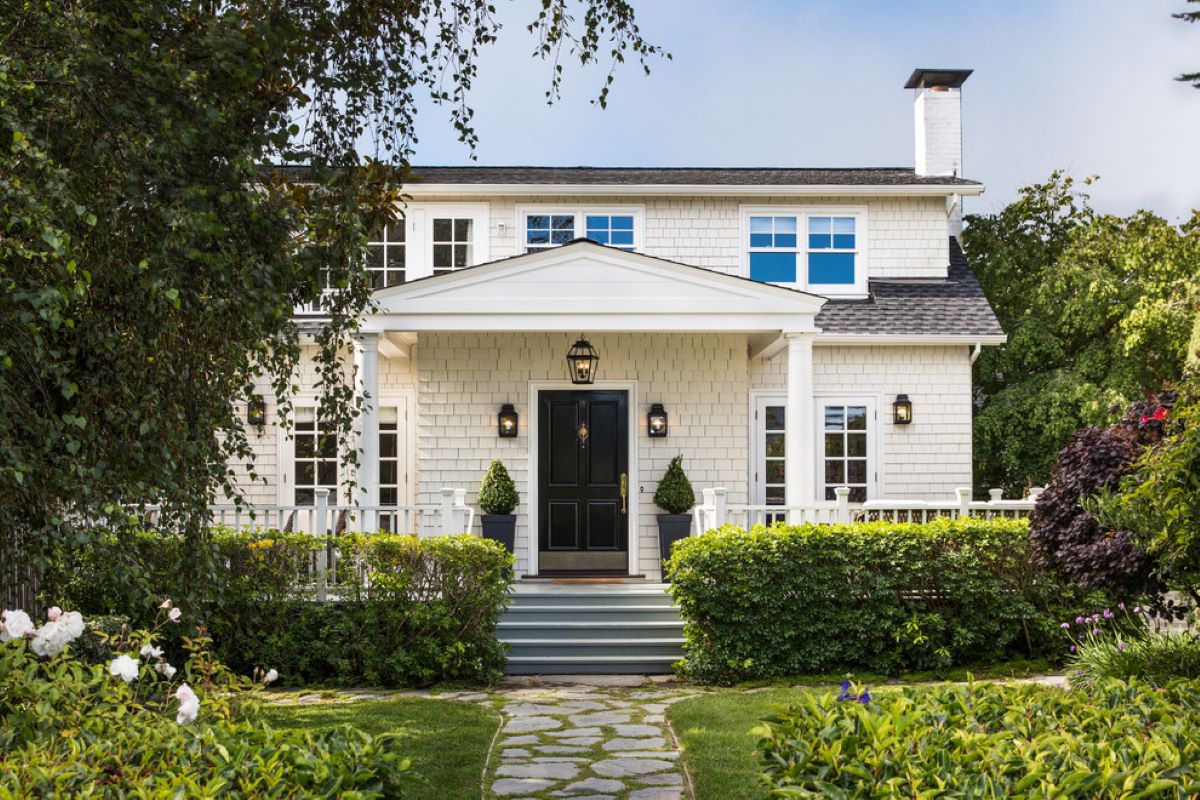
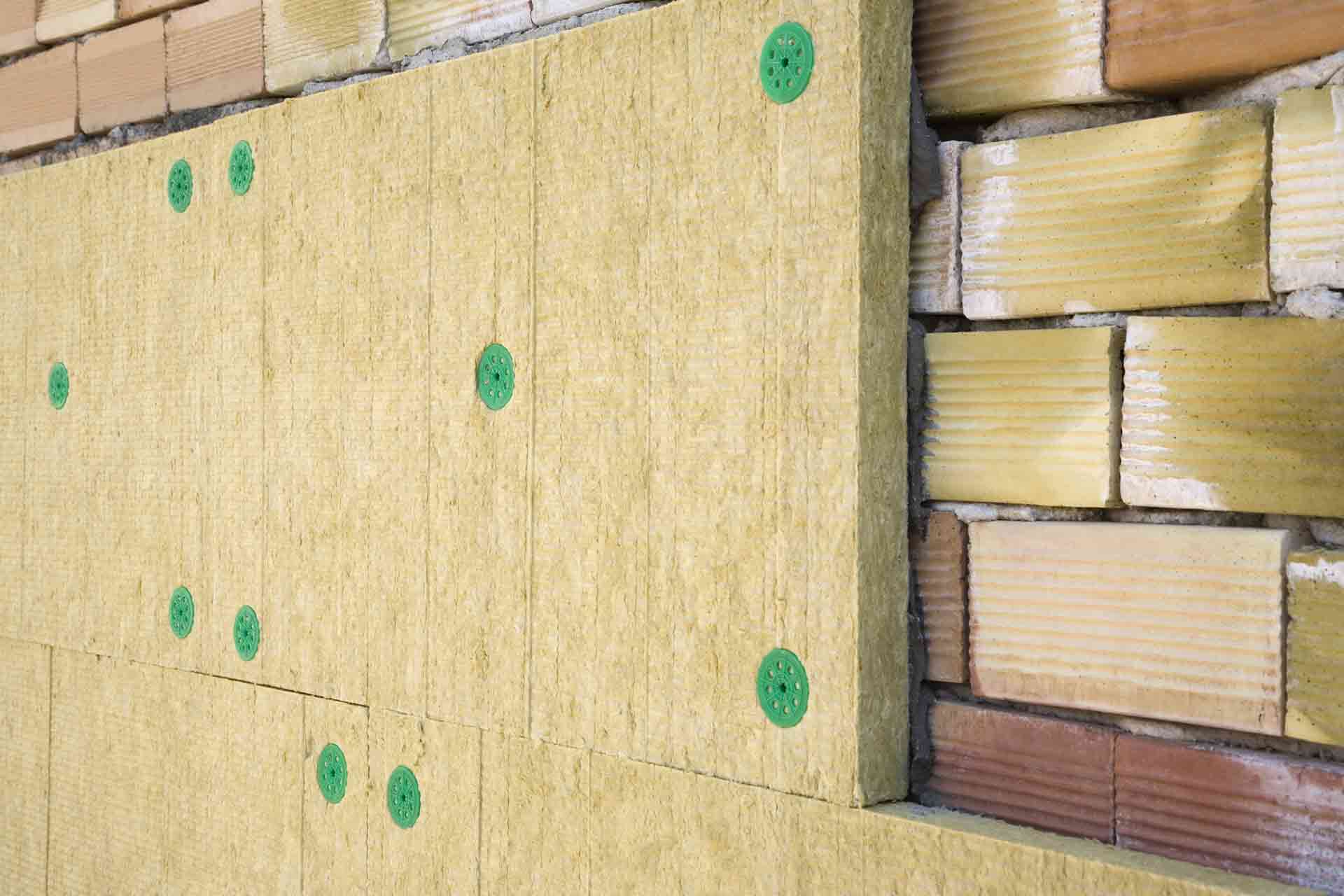
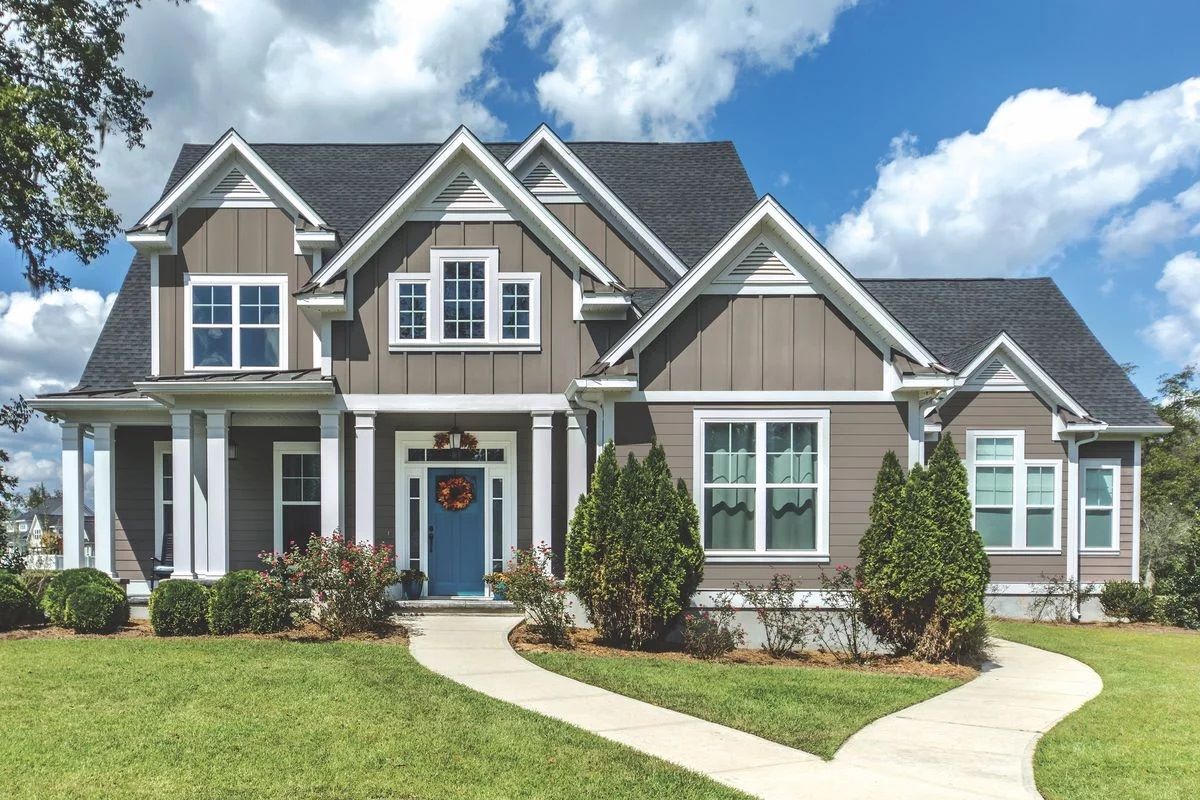
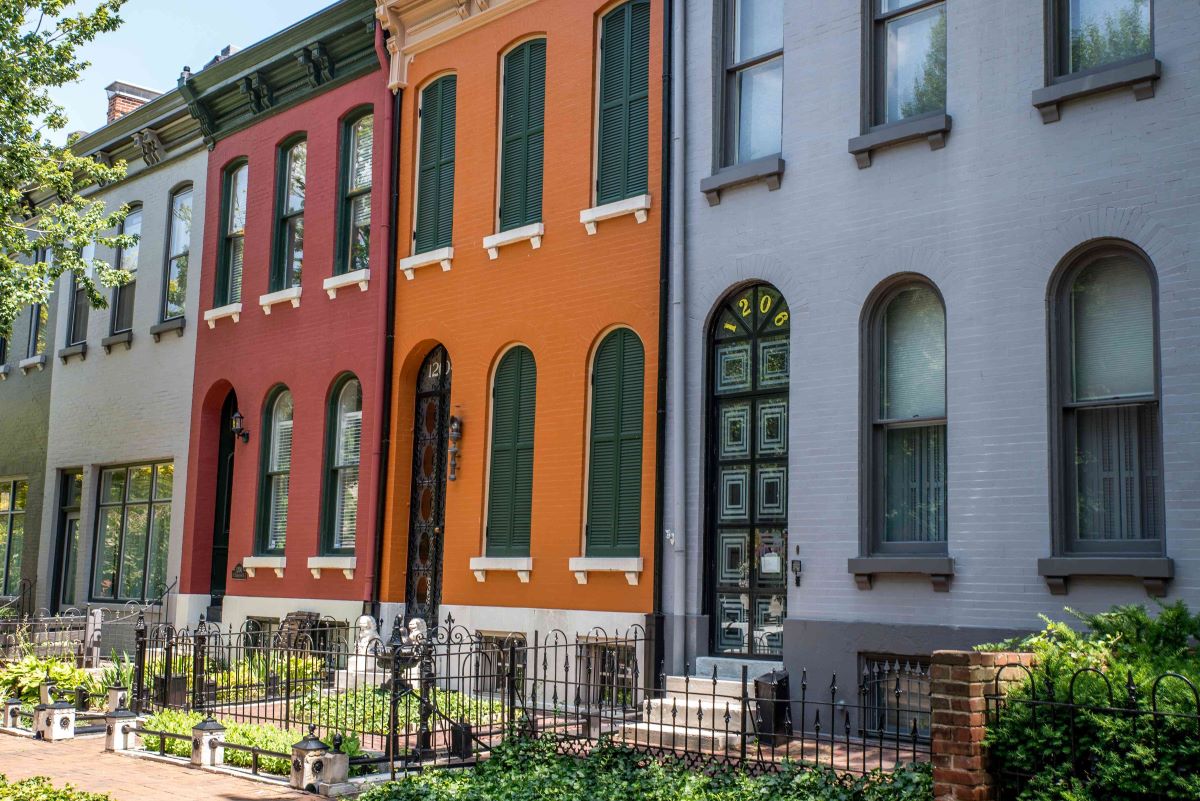
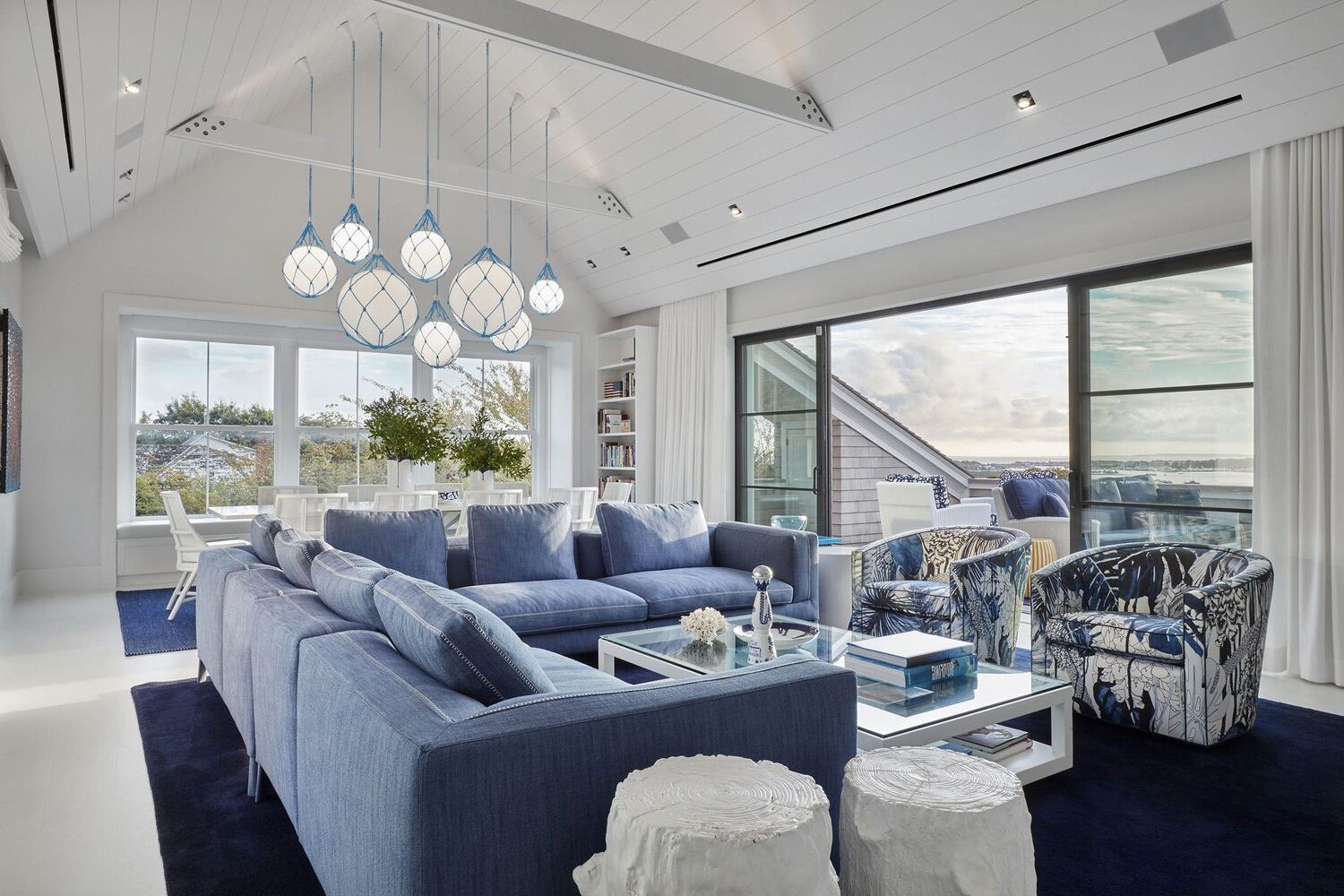
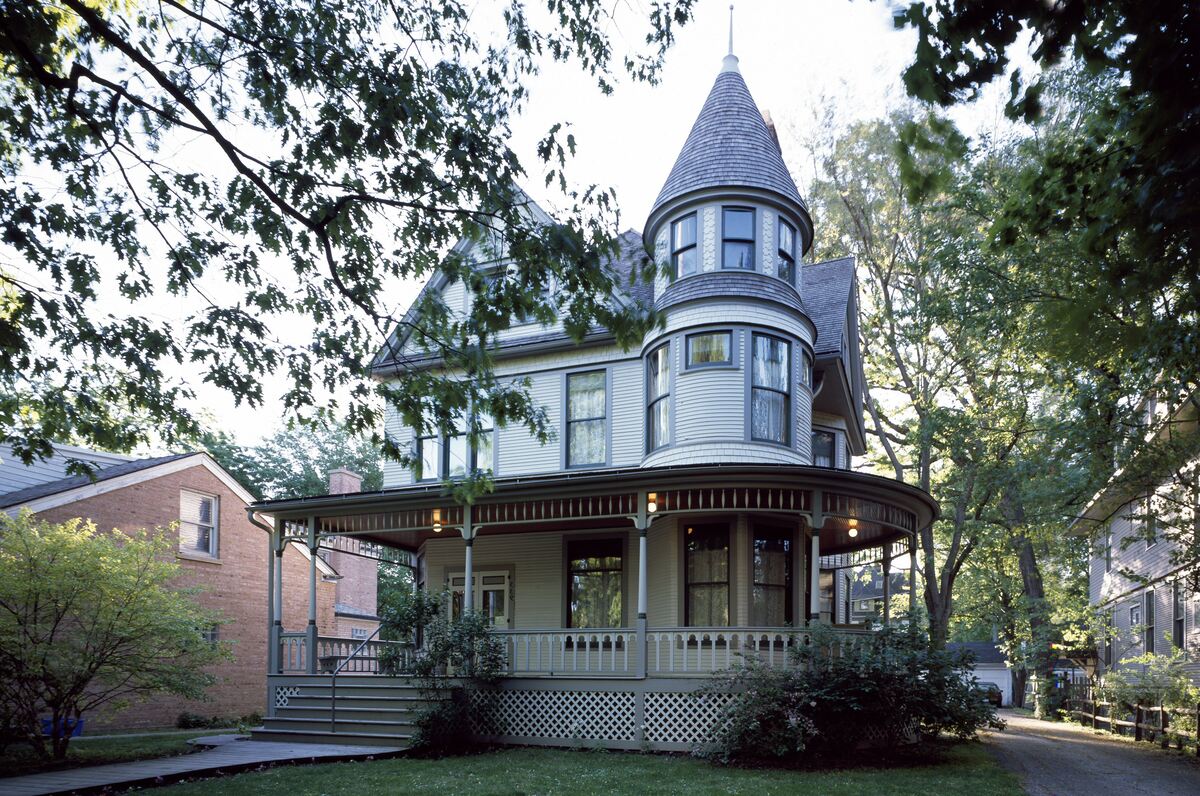

0 thoughts on “Exterior Colors And Home Style”